Report this entry
More from the same community-collection
School of Mines Basketball Team
The images shows the basketball team of the College of Mines and ...
Texas Western Property - El Paso, Texas - 1950's
The image shows parts of the Texas Western Property, One can see ...
Cornelia Love, College of Mines Beauty
Cornelia Love was the College of Mines (now UTEP) beauty in the ...
Girls' Rifle Team, Texas College of Mines - El Paso, Texas
The photograph shows the girls' rifle team of the Texas College ...
Basketball Team, College of Mines
The image shows the Texas College of Mines basketball team in ...
Dr. D.M. Wiggins, UTEP President - El Paso, Texas
Dr. Dossie Marion Wiggins was appointed as the new Texas State ...
Genoveva and Richard Ramirez, young love
Genoveva was a cleaning lady at the UTEP library. In this ...
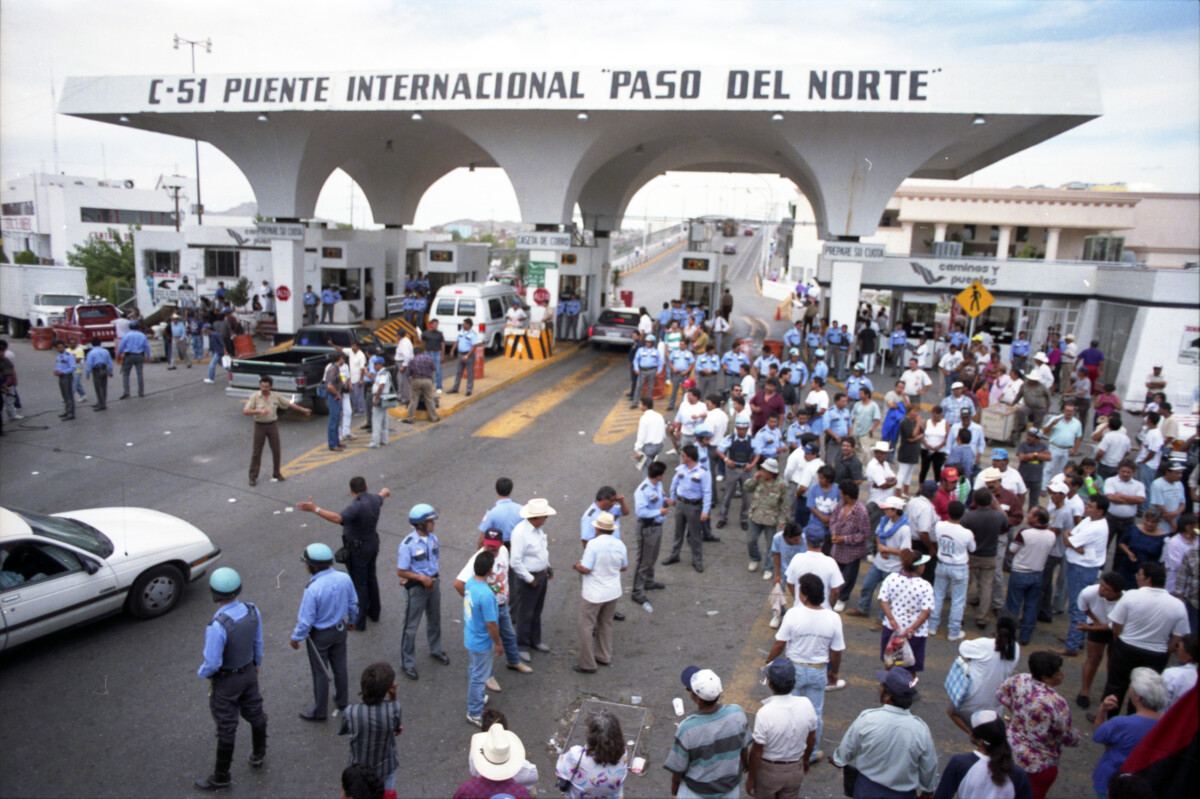
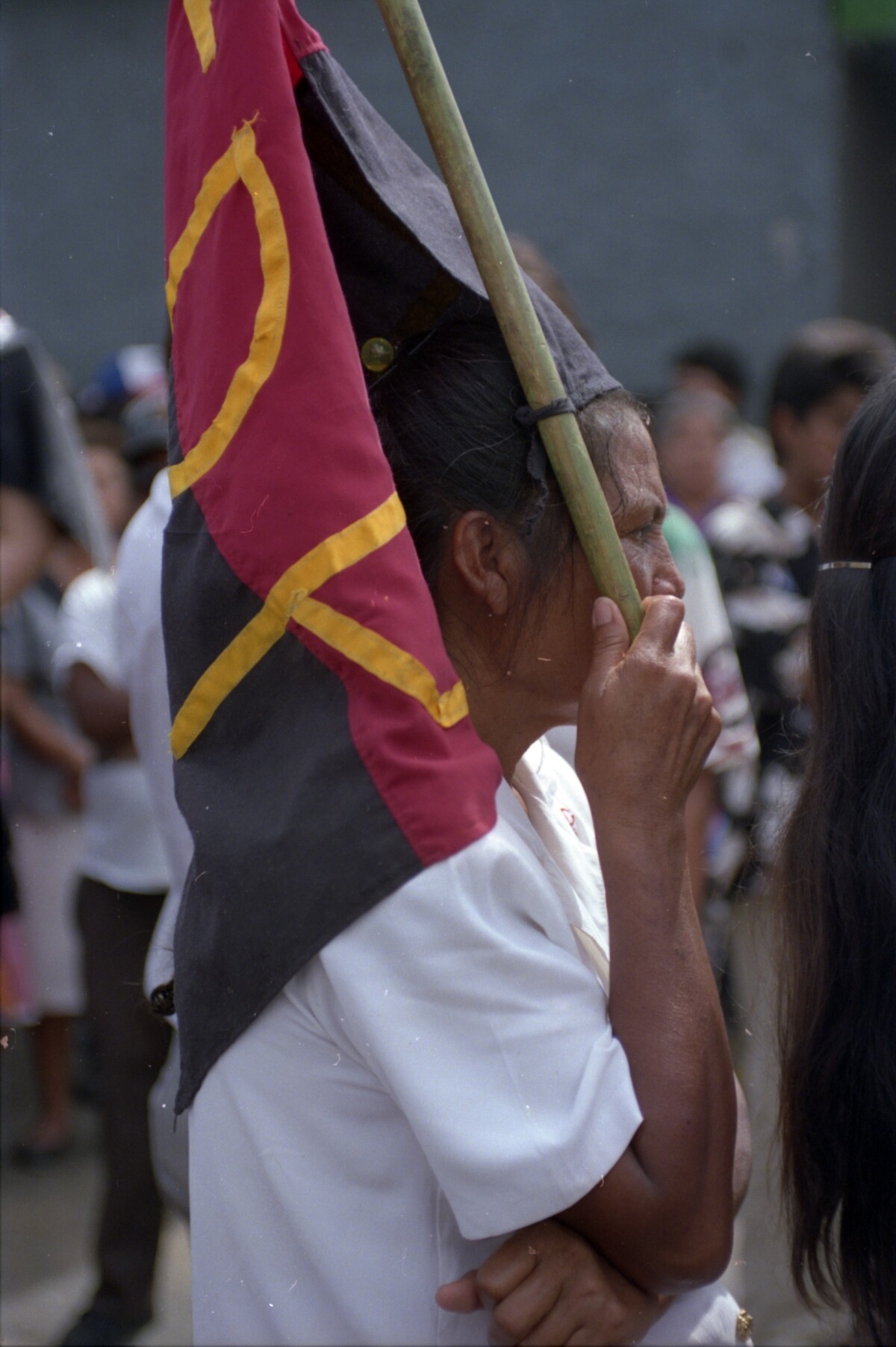

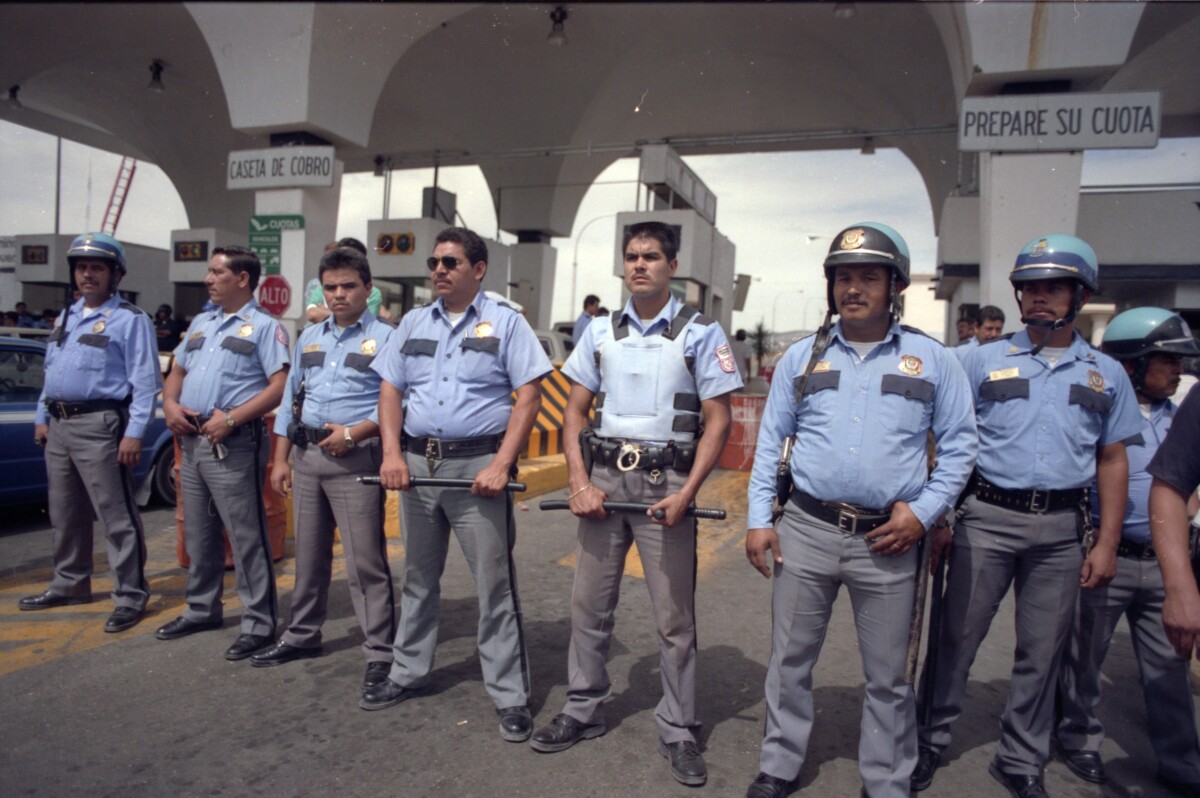
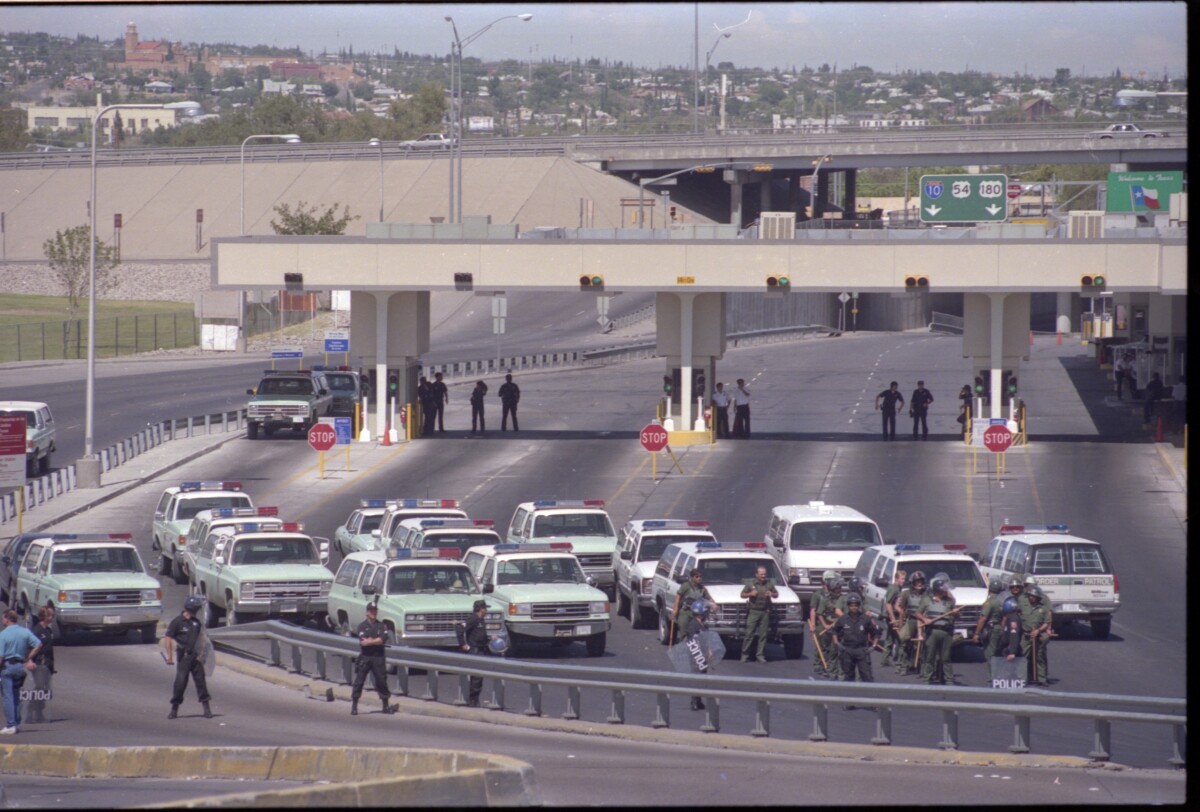

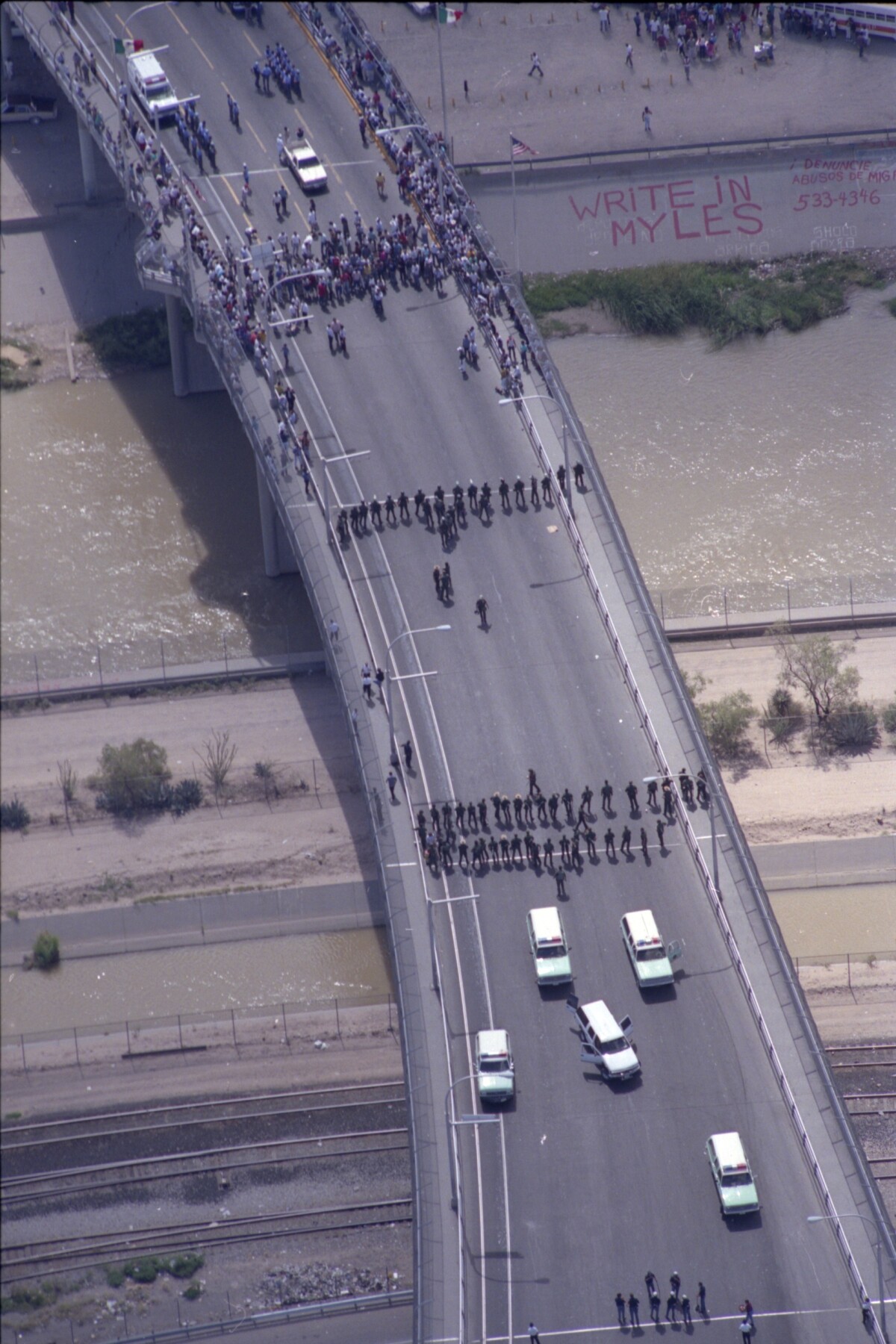
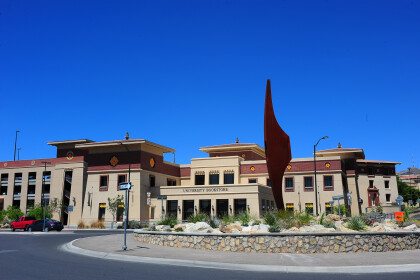
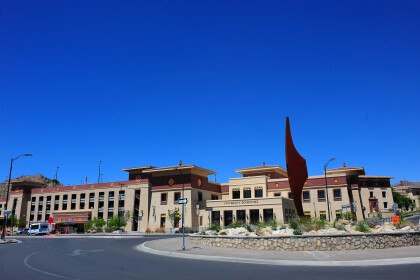
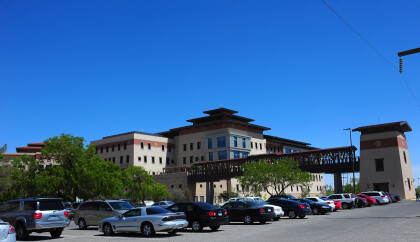
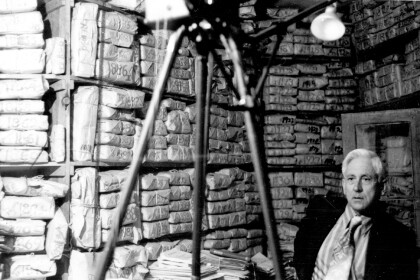
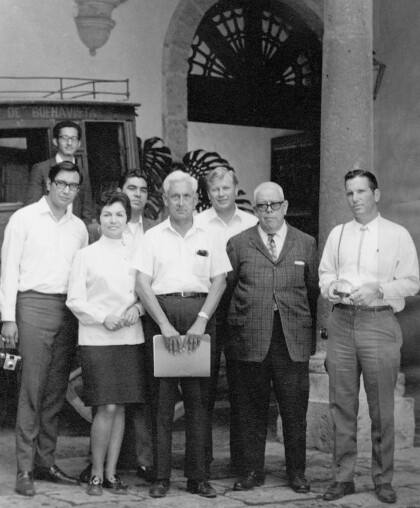
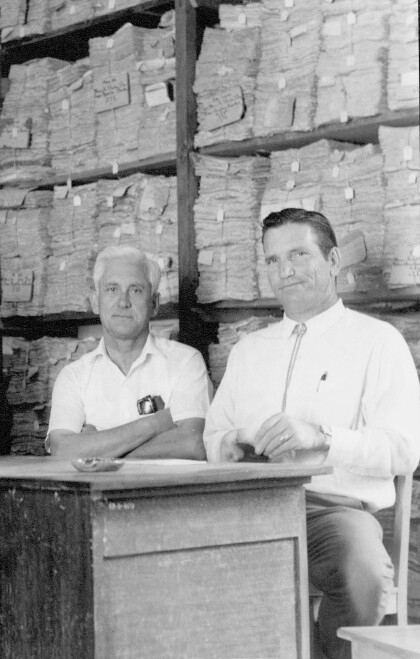
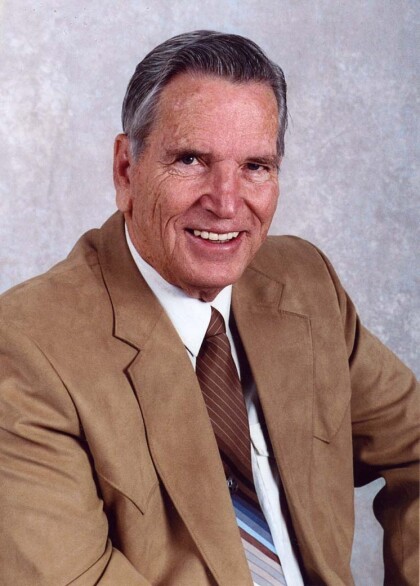
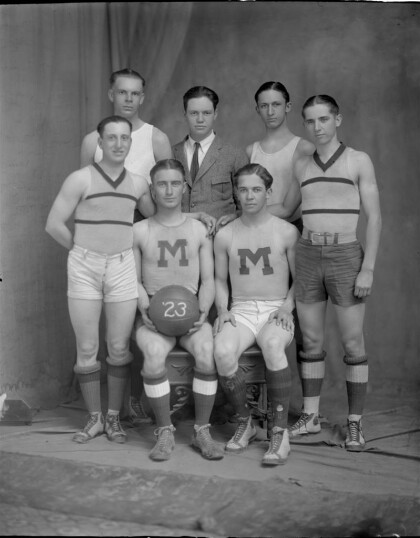
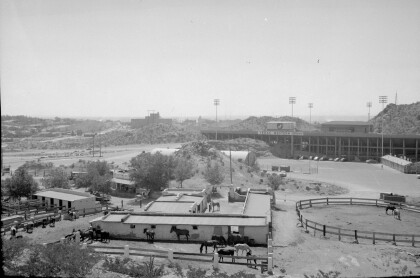
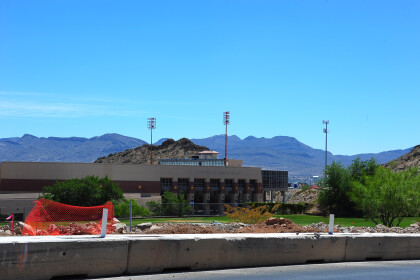

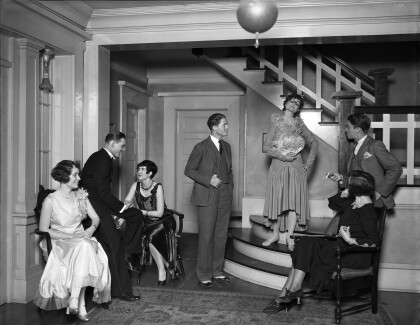

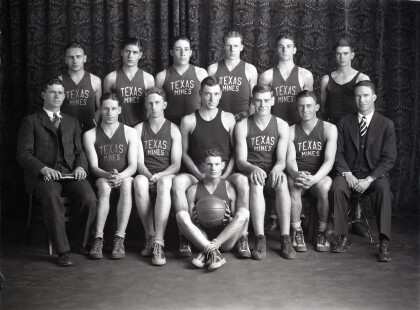
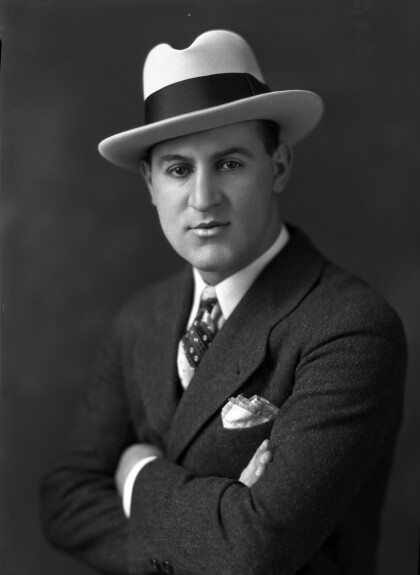
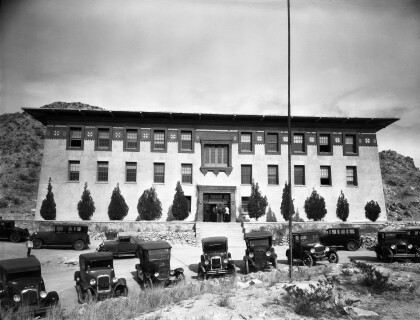
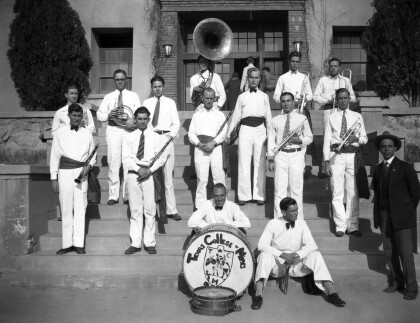
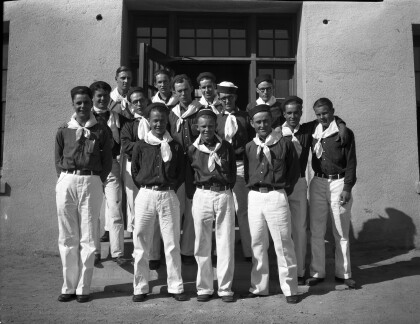
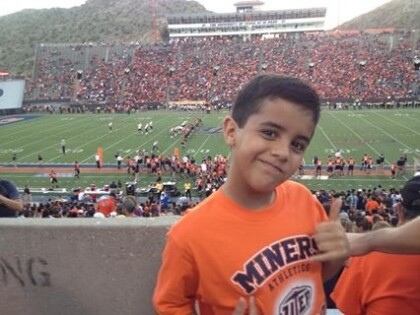


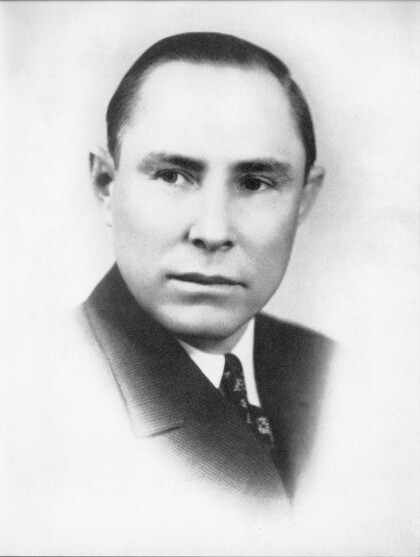
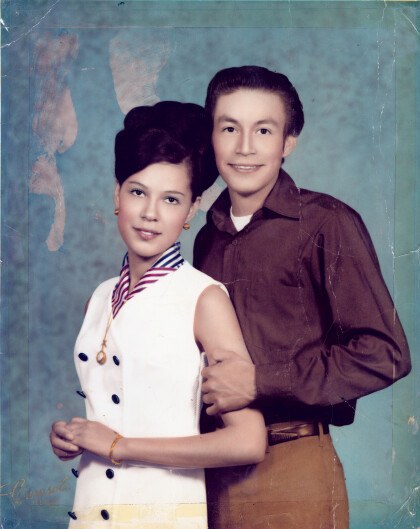
Comments
Add a comment